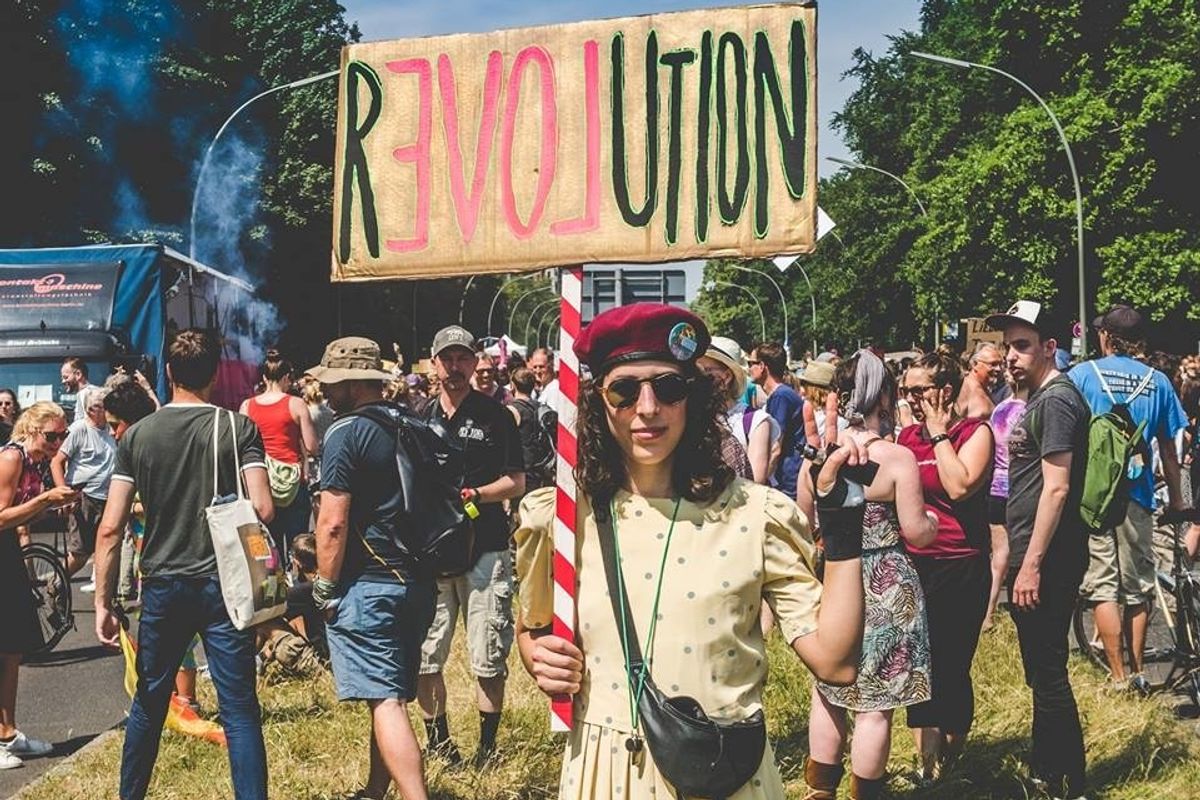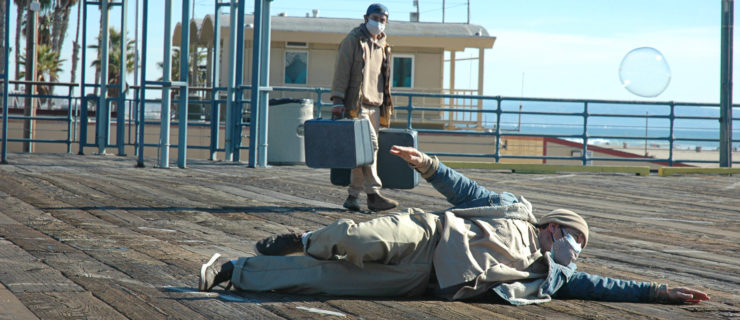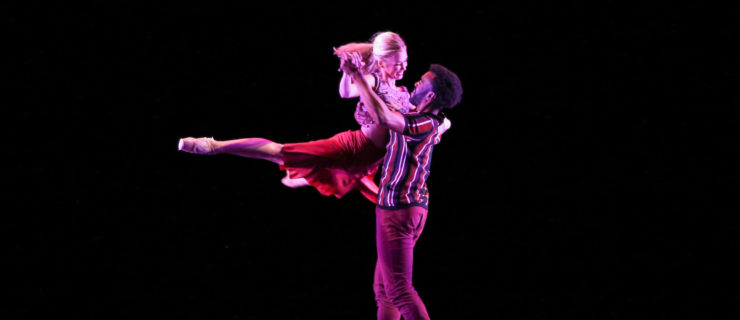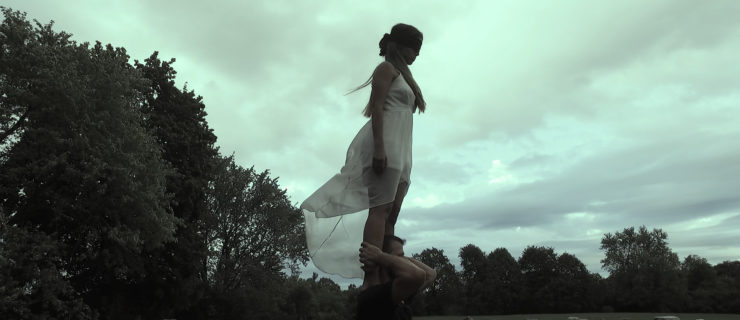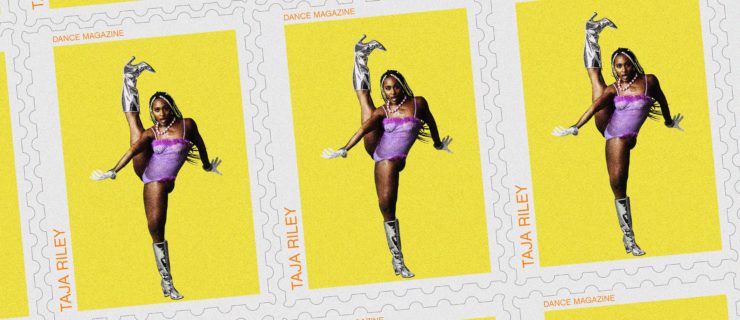This Museum Exhibit Shows How Dance Has Become a Form of Political Protest
When the going gets tough, the tough start dancing: That’s the premise behind “Dance of Urgency,” a recently opened exhibit at MuseumsQuartier Vienna that features photos, video and other documentary material relating to the use of dance as political protest or social uprising.
The groups featured in the show, largely based around clubs and electronic dance music scenes, span the globe and respond to a variety of issues—from inequality and social stratification to racial divides to crackdowns on club culture itself.
The curator behind the exhibit, which runs through September 1, is Bogomir Doringer, a Serbian-Dutch multimedia artist whose own work, “I Dance Alone,” filmed crowds of dancers inside nightclubs. Doringer spoke with us about the emergence of dance as popular protest.
 Fun House party, Amsterdam 2014, from “I Dance Alone”
Fun House party, Amsterdam 2014, from “I Dance Alone”
Your studies were focused on film and multimedia work. How did you get interested in dance?
I’m from a generation that grew up during the war in Yugoslavia. I was always into topics that were socially or politically engaged. And I was always attracted to crowds and bodies and people.
In Belgrade, during the NATO bombing in ’99, we didn’t have schools, but we had free culture. I was 16 and hanging out on the dance floor of a techno club, Industrija.
Dancing has this mirroring effect: You collect the moves and reflect the moves around you. You were against Milosevic, but also against the bombings, which were frightening you. I became obsessed with the idea of looking at the dance floor as mirroring, as a social environment.
So when did you start filming dance clubs?
I started in 2014, looking at how the crowds were moving. I wanted to understand the crowd’s character—when the synchronicity of bodies happens, whether people are moving together or not—and understand the diversity of the crowds.
Often it starts from an individual action and goes into a synchronized move. There are no instructions, just an environment where you give yourself away. It becomes extremely primitive, ritualistic.
These are nonprofessional dancers—that is very important.
How exactly does dance and club culture take on socio-political movements?
Even before Trump, before #MeToo, topics like female empowerment, sexual harassment, inclusivity/exclusivity were already being discussed at different conferences on club culture.
I see 9/11 as a trigger for change in society; it really did change the public space. In the context of dance, it changed the way that we are choreographed, both as individuals and in groups.
Can you give some examples?
One is Mamba Negra in Sao Paulo. Before it emerged, clubs were quite elitist. There was checking at the door; if you were a black person, you couldn’t enter the club. At one techno club you had to use your fingerprint to enter.
So in reaction to the social layers, the divisions, younger groups of people started gathering in abandoned places, dead zones. The party was called Mamba Negra—it started as small groups of people, but now it’s thousands. It wasn’t necessarily coming from politics. But it created a counterculture.
Another one: Bassiani, a club in Tbilisi, became a space for experimentation, and created a political opposition to the more conservative, orthodox society. When the club was attacked by police last year, people gathered on the streets to protest. It became two days of dancing in the street.
And then there was an anti-fascist dance protest in Berlin—just two weeks later.
Raves are now becoming a protest format.
Do you see connections between club dance and choreographed performances?
We see dance as art when happens on stage, or in a museum context—but many of these individuals, and groups, have quite high artistic expression on the dance floor. There are clubs that curate an environment where such experiences are possible: There is light, there is music and smoke; there is role playing; there is masquerade. These are a lot of the elements we use when we describe an art performance.
